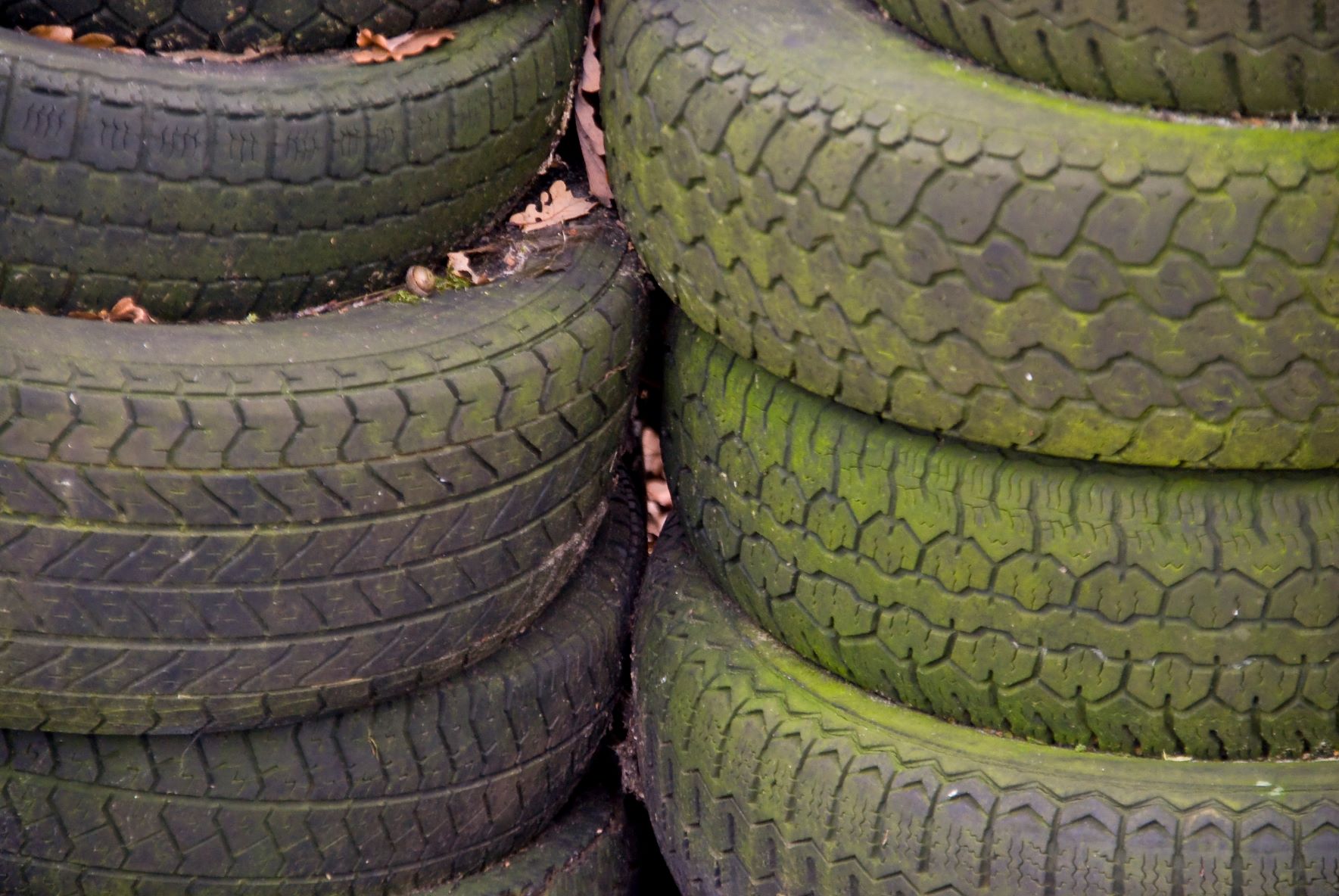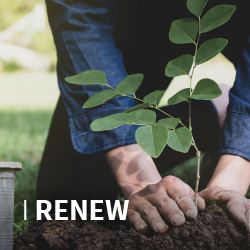Tire recycling agencies in Canada’s 10 provinces and three territories make up the membership of the Canadian Association of Tire Recycling Agencies (CATRA). Formed in 1999, CATRA’s mission is to enhance the effectiveness of each member’s end-of-life tires program through the sharing of information, expertise, and resources.
Scrap News recently submitted questions to CATRA Chair Steve Meldrum. He is CEO of eTracks Tire Management Systems, the Ontario member for CATRA, bringing strong management skills to lead a five-member committee for a two-year term to oversee and guide CATRA’s strategic direction, operations, and projects.
Scrap News: You became chair of CATRA in November 2021. What are some of the highlights of your time as chair so far?
Meldrum: You know, we’re coming out of the [COVID-19] pandemic in various flavors of what that means to various participants. CATRA has had to deal [with working] remotely as everyone has; we haven’t had an annual meeting to get together to share. So, everything’s been virtual. We have our annual meeting [coming up] that for the first time in several years will be in person. It will be in Toronto in the first week of November.
I’m meeting individually with each one of the provinces to understand, where is the value that everyone is getting out of CATRA? Let’s align and make sure [CATRA is] doing all the things that it should be doing. It’s been good face-to-face. So, that’s been a highlight for me, just seeing everyone who hasn’t seen each other in several years.
Scrap News: CATRA has stated that in 2020, members collected 446,000 metric tons of tires and recycled 398,000 metric tons. Do you have any preliminary estimates yet for 2021?
Meldrum: They’re going to look in line with [the 2020 figures]. The differences are quite regional in terms of the end uses of each of the processes [for] the recycled tires. In Ontario, there are some things that are completely acceptable to do and are encouraged by the regulations in Ontario, which are different than, say, Manitoba, where the huge amount of the end products is tire-derived aggregate used for roadbed construction. So, each province has a bit of a different focus in terms of what they want, or what the end use of recycled tires could be.
Depending on the province, there was a lack of new tires and replacement tires sold into the market in 2020-21 [during] the pandemic. So, in some areas of the country, volume was lower than the previous year and/or historically. But you’ll see it continuing along the same lines in terms of overall volumes and tonnage of what was collected [in 2020] and what was either diverted or recycled.
Scrap News: How do you manage having all those different voices within a national organization?
 Meldrum: It gets back to the purpose of CATRA. Our goal isn’t necessarily to be one voice that represents all the provinces, because all the provinces are so different. There are diverse needs, there’s geographic needs that are different in Newfoundland and Labrador than they are in Prince Edward Island, than they are in southern Ontario, than they are on the sunshine coast of British Columbia. So, from a CATRA perspective, the purpose of [the organization] really is for information sharing for each of the provinces to learn from what’s going on in each of the other provinces [and] to share costs on projects and initiatives that each of the provinces wouldn’t do individually.
Meldrum: It gets back to the purpose of CATRA. Our goal isn’t necessarily to be one voice that represents all the provinces, because all the provinces are so different. There are diverse needs, there’s geographic needs that are different in Newfoundland and Labrador than they are in Prince Edward Island, than they are in southern Ontario, than they are on the sunshine coast of British Columbia. So, from a CATRA perspective, the purpose of [the organization] really is for information sharing for each of the provinces to learn from what’s going on in each of the other provinces [and] to share costs on projects and initiatives that each of the provinces wouldn’t do individually.
Scrap News: CATRA doesn’t have independent sources of revenue; does not give out grants or disbursements; the members proportionately share the operational and day-to-day costs. How do you judge success? Is it that 100% of tires are recycled? Is it the amount of energy that is saved?
Meldrum: There’s two levels to judge how CATRA is doing what it’s supposed to do. To me, the first thing is (1) Are each of the provinces learning from each other? Are we sharing what’s worked and what hasn’t worked? Is there sharing of costs? Are there initiatives? That’s one thing, then broadly from a Canadian perspective (2) What is the percentage of tires that are diverted, that are going toward a purpose, which is offsetting what would have been new material in packaging or products?
A perfect example of those goals is we’ve just recently finished up a lifecycle assessment project, a national project that does compare the end-of-life tire process and the recycling and where the recycled tires are used, and the purpose for which they’re being used. How does [reclaimed rubber work in] roadbed construction, using the tire-derived aggregate versus gravel or versus other sorts of manufactured products, or, you know, in molded rubber products … versus virgin rubber. We’ll be raising a lot of awareness around [CATRA] because [the study] favors very much tire recycling [for] the environmental benefits, [reduction of] greenhouse gases, particulate matter, and air quality, and compares tire recycling versus the alternative, which is using new materials.
All [CATRA members] share the cost … because that project, that study, would not have been done if each province were on its own trying to fund it. That’s an example of how we’ve measured success.
Scrap News: Recycled rubber: You can use it in playgrounds, you can modify asphalt with it. You can make fuel. Are there any areas where you’re hearing about increased opportunities for growth?
Meldrum: Yes, the more established markets like rubber infill, molded rubber products, most of those come through either some sort of shredding or crumbing process of the tires. You end up with that suite of molded rubber products, or playground mats or truck beds; or in the agricultural industry mats that are used for the dairy industry. So, that’s very well established and, given COVID, the demand for those products for in-home gyms and a lot of do-it-yourself type products, the demand is continuing to skyrocket; it’s never been better.
The other two of the areas that you mentioned, which are at least in Canada, still very nascent are, through some sort of thermal treatment … That truly is a circular economy type material where you take the tires through various ways of thermal decomposition, knock it down, pull out the carbon black and you have other byproducts like synthetic gases and other oils. Same with rubber-modified asphalt: [It’s] more common in the [United] States, less common in Canada. Those are areas that are still early, but we’ll be growing for sure.
[Editor’s Note: CATRA released its 2021 Annual Report after this interview. You can read it in English and French here.]
Featured image courtesy of Storyblocks. Body image courtesy of CATRA. Caption: CATRA Chair Steve Meldrum.
Additional Resources













